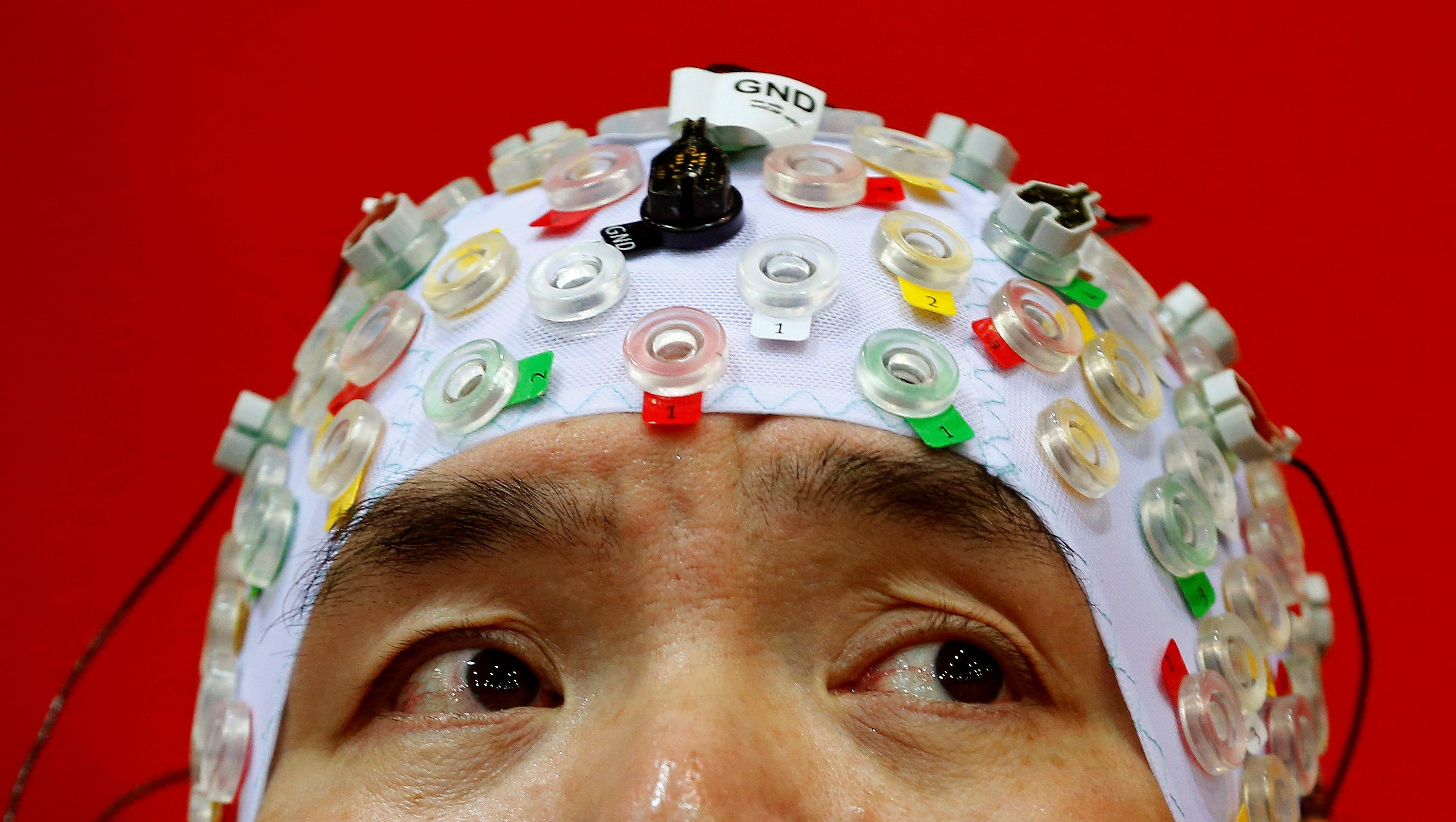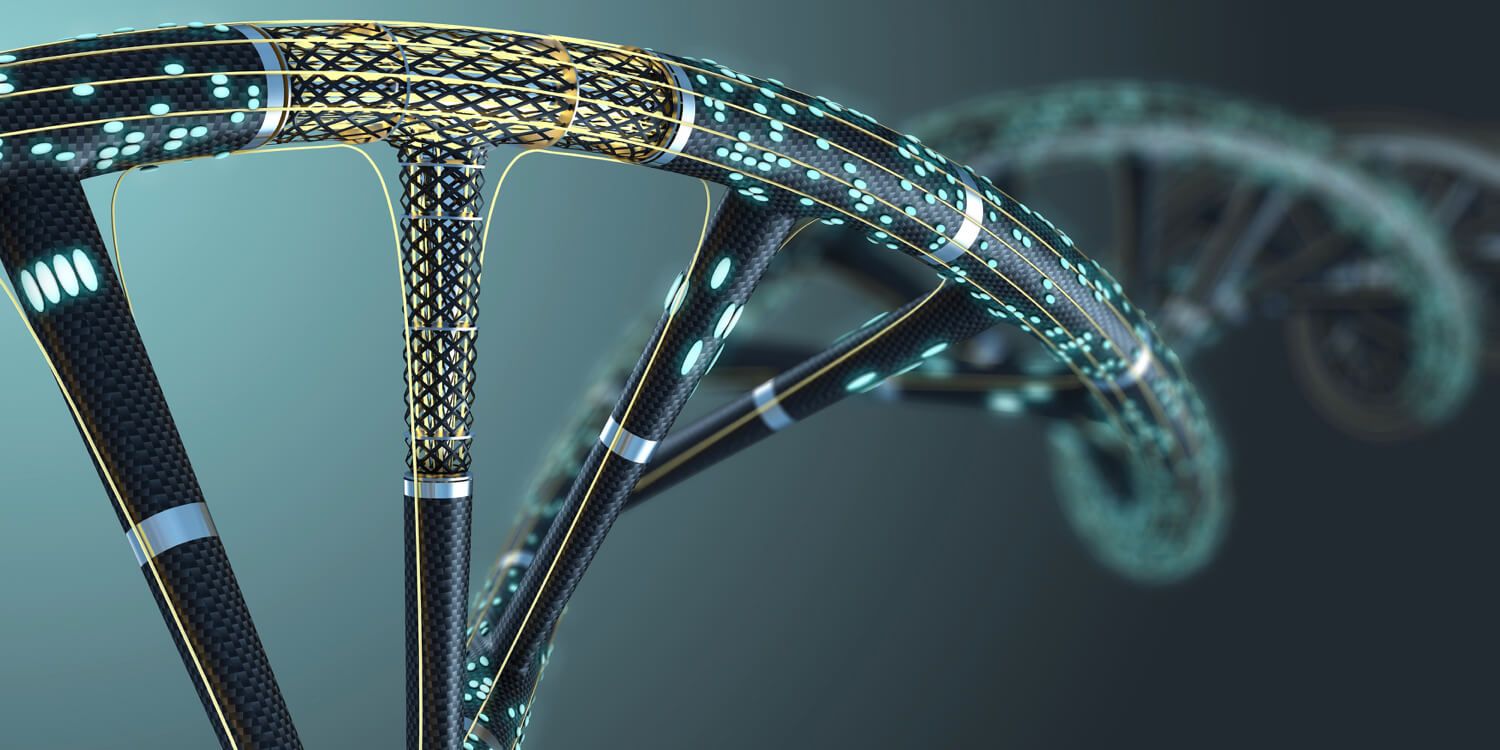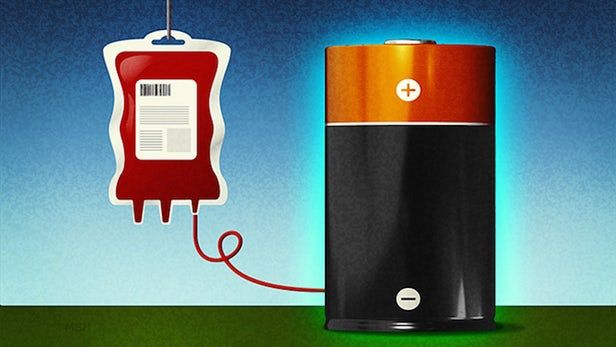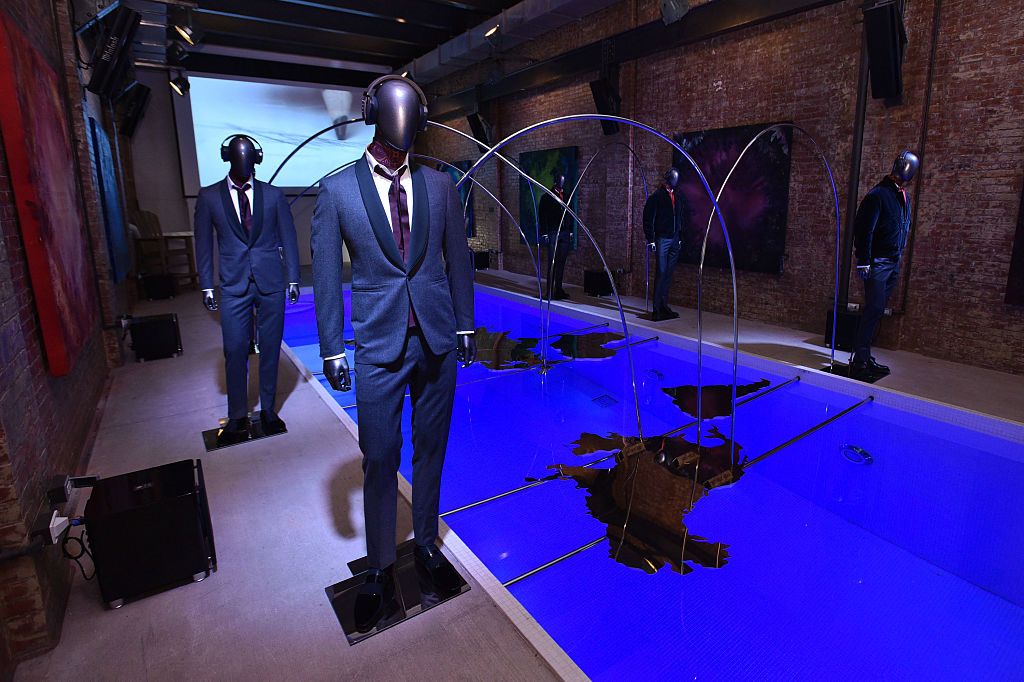It would be the ultimate user interface: a device the size of two stacked nickels that allows your thoughts to control computers. The only catch is it’ll have to be implanted in your brain.



Google could have a record of everything you have said around it for years, and you can listen to it yourself.
The company quietly records many of the conversations that people have around its products.
The feature works as a way of letting people search with their voice, and storing those recordings presumably lets Google improve its language recognition tools as well as the results that it gives to people.

The idea of storing digital data in DNA seems like science fiction. At first glance, it might not seem obvious that a molecule can store data. The term “data storage” conjures up images of physical artifacts like CDs and data centers, not a microscopic molecule like DNA. But there are a number of reasons why DNA is an exciting option for information storage.
The status quo
We’re in the midst of a data explosion. We create vast amounts of information via our estimated 17 billion internet-connected devices: smartphones, cars, health trackers, and all other devices. As we continue to add sensors and network connectivity to physical devices we will produce more and more data. Similarly, as we bring online the 4.2 billion people who are currently offline, we will produce more and more data.

Earlier this year, a team from Queen’s University in Canada demonstrated a smartphone prototype called ReFlex that had a flexible display capable of flipping virtual book pages in response to what were dubbed bend gestures. Researchers from the same Human Media Lab have now developed a similar device called the WhammyPhone that’s claimed to be the world’s first virtual musical instrument for flexible phones.
The WhammyPhone prototype sports a 1920 × 1080 pixel full high-definition Flexible Organic Light Emitting Diode (FOLED) touchscreen display and, like the ReFlex device, includes a bend sensor. This means that a user can manipulate the sound of electronically-generated instruments such as a guitar or violin by bending, squeezing or twisting the “smartphone.”
“WhammyPhone is a completely new way of interacting with sound using a smartphone,” said Dr. Roel Vertegaal, Professor of Human-Computer Interaction at Queen’s University. “It allows for the kind of expressive input normally only seen in traditional musical instruments.”
In a great example of a low-cost research solution that could deliver big results, University of Michigan scientists have created a window for lithium-based batteries in order to film them as they charge and discharge.
The future of lithium-ion batteries is limited, says University of Michigan researcher Neil Dasgupta, because the chemistry cannot be pushed much further than it already has. Next-generation lithium cells will likely use lithium air and lithium sulfur chemistries. One of the big hurdles to be overcome in making these batteries practical is dendrites — tiny branch-like structures of lithium that form on the electrodes.
Dendrites can pierce cell walls or limit the lithium’s potential. Neither is good for battery efficiency and can even lead to fires and explosions like those that have plagued the Samsung Galaxy Note 7 – though the jury is still out on exactly what caused the Note 7’s well documented woes.

Traditional lithium-ion batteries may be on the way out, as scientists continue to overcome the obstacles holding back the longer-lasting lithium-oxygen batteries. The main issue is lack of efficiency and the build-up of lithium peroxide, which reduces the electrodes’ effectiveness. But now a team at Yale has used a molecule found in blood as a catalyst that not only improved the lithium-oxygen function, but may help reduce biowaste.
Lithium-oxygen, or lithium-air batteries, have the potential to hold a charge for much longer than traditional lithium-ion batteries and extend the life of devices like phones to several weeks before they’d need to be recharged. But before those dreams can become a reality, the problems of efficiency and lithium peroxide build-up need to be solved.
Previous studies have tried to fight lithium peroxide by keeping the oxygen in the cell as a solid, and by modifying the electrode to produce lithium superoxide instead. In this case, the Yale researchers were looking for a new catalyst that allowed lithium oxide in the cell to decompose back into lithium ions and gaseous oxygen, and they found one in an unexpected place: animal blood.

I never get tired of articles highlighting the potential around leveraging Quantum teleporting as a method to replace networks and communications. Now the real question is how soon and how much of the existing infrastructure will need to be replaced to begin taking advantage of this technology earlier than others? As with most things, governments are often early adopters as well as Financial Services and ISPs are a close 2nd in the adoption of such technologies.
An experiment conducted about quantum teleportation could improve and transform the modern phone and Internet communication by having highly secure and encrypted messaging.
A recent study has suggested that comet outbursts are caused by avalanches and not geysers.
Will the testing of the new electric aircraft start a revolution in the aviation industry? Read what NASA has to say.

E-ink displays may be easier on the eyes and less power-hungry than backlit LCDs used in most tablets and phones, but in the color department they’re still playing catch-up. However, this could change thanks to a new type of material developed at Chalmers University of Technology that is flexible, ultrathin and can produce the full color range of an LED-backlit LCD, but requires ten times less energy than a Kindle’s e-ink display.
Like a conventional e-reader screen, the material functions as a reflective display, so instead of being backlit like an LCD, the surface reflects the external light that hits it. Electrically conductive polymers covering the surface change how that light is absorbed and reflected, which allows it to recreate high resolution images and text. The end result is a material that’s less than one micron thick, flexible and extremely energy efficient.
“The ‘paper’ is similar to the Kindle tablet,” says Andreas Dahlin, lead author of the study. “It isn’t lit up like a standard display, but rather reflects the external light which illuminates it. Therefore it works very well where there is bright light, such as out in the sun, in contrast to standard LED displays that work best in darkness. At the same time it needs only a tenth of the energy that a Kindle tablet uses, which itself uses much less energy than a tablet LED display.”